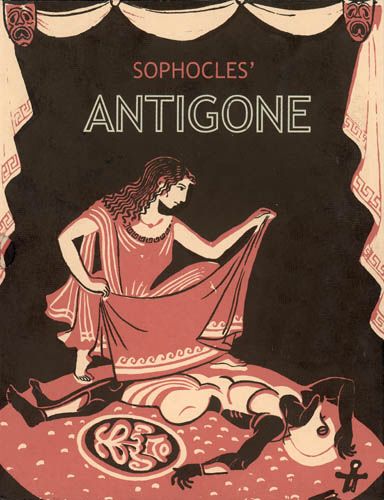Evaluation
Evaluation of the performance:
- List all of the multimedia used in the performance.
- Cameras
- Lights
- Projection
- Speaker
- Videos(TV)
- Phones
- Recording
- How did multimedia enhance the overall performance?
Multimedia enhanced the overall performance because it emphasised tension and emotion. It also meant the audience had to focus to not miss anything meaning it engaged them and showed a different way of performing. It told the story without always using dialogue, it brought life to characters that were showed through each scene. Multimedia made it easier to communicate to the audience what we wanted to adding onto this it enhanced emotions and the atmosphere.
- What impact do you think it had on the audience and why?
I think it had a good impact on the audience because they were always on there feet looking interested about what was happening or about to happen. However I think they felt confused at times because there was a lot going on and they didn't have a lot of time to take it all in. As a whole i think it interested them to see what we could with multimedia and how we could incorporate with a greek tragedy.
- Would the performance have been as effective without the multimedia?
I think the acting was as strong as the multimedia so yes although at times we found it hard to incorporate it as we were learning at the same time i think we did well and without it i believe it would of had the same effect as we used promenade.
- Which moment of multimedia was most effective and why?
I didn't get to watch many of the scenes that were inside so i didn't see much of the multimedia used but i saw the set of one scene in 415(Daniel group) and that looked very interesting i felt tension and a eery atmosphere when i walked in looking at the lights and projection so i feel they used that well. Although the use of the speakers for the chorus outside seemed most effective because it made us work together and move as one while building a emotion and telling a story to the audience.














